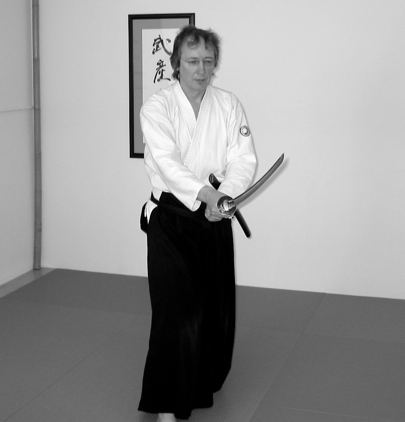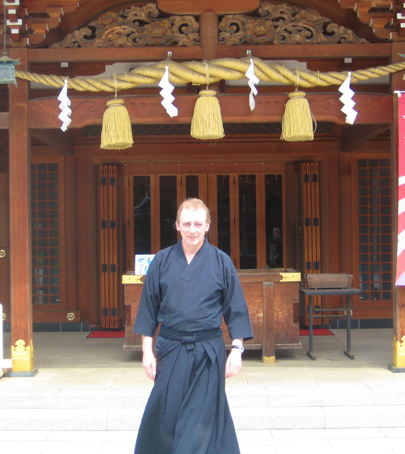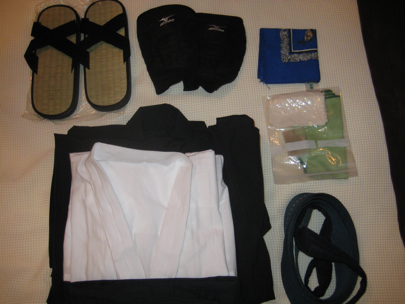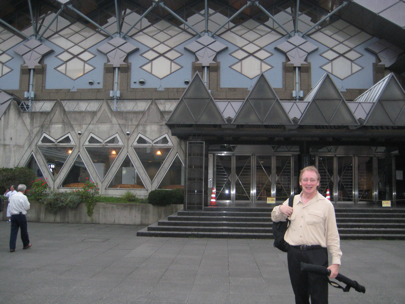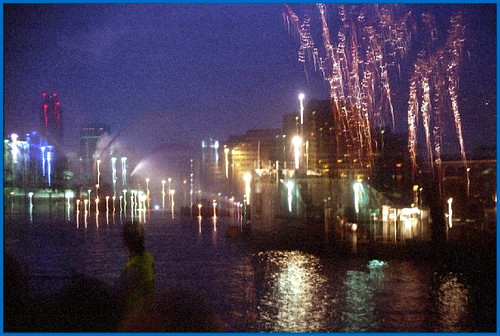
Fireworks on The Thames: New Millennium Eve 1999
I spent New Year’s Eve, 1999, by the Thames at Tower Bridge, London. It was a great party attended by seemingly millions of pleasantly inebriated people. I drank champagne, let off fireworks in St Saviour’s dock, counted out the old year and looked forward with eager anticipation to the New Millennium. The year 2000 eventually arrived along with much merriment and fusillades of fabulous fireworks. As a slight disappointment, the much trumpeted “River of Fire” did not apparently materialize and to my considerable relief, neither did any panicky phone calls from work with the dread news that the Millennium Bug had struck and the lab (or worse, The World) was in meltdown.
Now, ten years later, I feel that those two emotions, relief and disappointment, heralded the "Noughties" (dreadful word). The decade was been dominated by 9/11, subsequent military engagements and a trans-global theo-cultural conflict that will not be resolved until everybody learns to talk to each other and renounces violence as a problem-solving technique. Relief came from the fact that no one actually deployed weapons of mass destruction and geopolitical matters could have easily been a lot worse. Disappointment because things could have been a lot better.
Instant Information
As well as conflict, the Noughties were surely the era of instant information. With ever increasing access to more and more powerful personal computers and broadband connectivity, we witnessed the advent of Google, Wikipedia, Facebook and other social networking sites, blogs (ha!) and micro blog feeds such as Twitter. Just about anything could be sold on eBay and Craig’s List while on YouTube video clips of all manner of interesting things could be found (not to mention a vast load of rubbish).
Gadgets and Technology
All sorts of new technical gadgetry appeared: USB flash drives killed off floppys disks and ZIP drives (can anybody tell me what to do with the case load I have in my basement?), iPods destroyed the Walkman, downloadable digital music files have nearly wiped out the CD and only people of a certain age remember record shops. Electronic readers such as Amazon’s Kindle hope to do a similar thing to books, newspapers and magazines. Curiously vinyl records have made a bit of a comeback, although I can’t imagine why. Digital cameras have become disposable consumer items and we said goodbye to Polaroids and much of camera film. While in the nineties, the mobile phone became ubiquitous, the Noughties saw the introduction and widespread adoption of the smartphone with the charge being led by Blackberry and Apple. As individuals we are now always expected to be accessible and being out of town or out of the country is no excuse for not answering emails. Texting has become so popular that laws are being enacted to prevent individuals indulging in this form of communication when driving (ssshh, but I recently saw an email that the author had written while driving: do NOT try this at home). Furthermore these SMS messages have given rise to a whole new language that is entering common usage. Lord only knows if the apostrophe will survive until 2020. The almost universal incorporation of digital cameras in mobile phones gave rise to a vast population of budding paparazzi with just about any public event being filmed and sent around the world. And not only pubic events were captured; “sexting” became an official new word and if you don’t know what it means just ask Tiger Woods!
Moore’s Law continues to hold true and it’s interesting to note that more computer power is contained in an iPhone than on the Apollo spacecraft that went to the moon in 1969. A few FAX machines are still around as are landline phones but I doubt either will survive another 10 years. Wi-fi, Bluetooth and other forms of wireless connectivity are so common, I fear for the safety of our bone marrow. I don’t miss wires, though!
Television is bewildering. Bulky cathode ray tube sets have disappeared and now everybody seems to possess a digital, high definition, plasma/LCD/LED widescreen TV screen fed with an almost unlimited number of channels, Blu Ray DVDs, hard disks and TiVO. Gone are simple VHS tape recorders and video rental stores -the latter given the coup de grace by any number of download services. Unfortunately, despite all this technology, the quality of programming has declined and the Noughties saw the emergence of reality TV. I don’t understand the popularity of this dumbed down entertainment. It doesn’t seem to have anything to do with reality but then maybe I’m showing my age…!
It was no longer enough to have an FM radio tuner (especially in one’s car) -it had to be digital satellite radio and preferably in high definition. As yet I’ve avoided both these items. Furthermore I’ve noticed a trend for car manufacturers to advertise their products as having music servers -I anticipate a lot more of this kind of thing in the next decade. GPS navigation systems or "SatNavs" as they like to say in the UK, went from being high-end luxury accessories to relatively inexpensive consumer items. They really do work (I confess to owning one) but I fear that map reading will become a lost art.
People
Sadly we said goodbye to quite a few luminaries. Musicians who played their coda in the past decade, include Michael Jackson, George Harrison (The Beatles), John Entwistle (The Who), Syd Barrat and Rick Wright (Pink Floyd) Johnny Cash, Bo Diddley, Luciano Pavarotti, Isaac Hayes, Perry Como, Peggy Lee, Herbie Mann (jazz flautist), Nina Simone and Les Paul.
From theatre and film Patrick McGoohan, Marlon Brando, David Carradine, Farrah Fawcett, Patrick Swayze, Charlton Heston, Sir Peter Ustinov, Heath Ledger, Christopher Reeves, Paul Newman, Sir Alec Guiness, Sir Paul Scofield, Walter Matthau, Jack Lemmon, David Hemmings, Katharine Hepburn, Cyd Charisse and James Doohan (Scotty in Star Trek) acted their finale. Michelangelo Antonioni and Ingmar Berman directed their ultimate productions.
From literature Saul Bellow, Hunter S. Thompson, Arthur C. Clarke, Harold Pinter and John Updike wrote their last chapters.
Among the world at large Pope John Paul II got promoted, architect of the Northern Ireland peace process, Mo Mowlam, along with US Presidents Gerald Ford, Ronald Reagan as well as that great old Lion of the Left, Ted Kennedy, all went to the great-parliament-in-the-sky. Princess Margaret and Queen Elizabeth the Queen Mother reminded us that even The Royals are mortal. Yasser Arafat who survived all manner of disasters and physical violence succumbed to a mystery disease in Paris, the Maharishi Mahesh Yogi transcended and it was checkmate for Grand Master Bobby Fischer.
Words
We saw a lot of new vocabulary. Computing brought us gigabytes, terraflops, Web 2.0 and enhanced reality. Climate science gave us global warming and carbon footprint. Medicine and microbiology gave us SARS (which came and went) and the molecular nomenclature for naming flu strains H1N1, H5N1 etc as well as bioterrorism. Social trends gave us the Chav and ASBO (which for now appear to be a uniquely British phenomena). Banking, unfortunately, gave us toxic assets as well as providing the concept that entitlement to reward, in the form of six figure bonuses, is an inalienable right, even if said bankers have, through a process of incompetence and greed, rendered the economy into such a moribund state that it required a massive injection of taxpayers’ money (many of whom lost their jobs, houses and credit ratings along the way) to sort it out. I guess capitalism is fine while profits are being made but when it come to losses, socialism is preferable.
Summary
I could go on but I think I’ve said enough and further ramblings may require me to take medication. In summary, I suspect we’ll look back on the Noughties and remember it as an era when people still smoked in public places and air travel was a reasonably pleasant experience. If we haven’t reduced ourselves to radioactive white ash by then, please check back in 2020 for my review of the Teenies.

